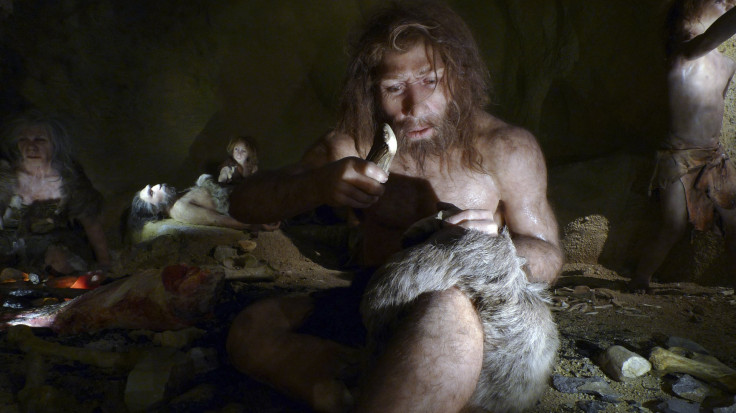Neanderthal Intellectual Abilities Underestimated; New Art Found In European Cave

A team of scientists studied engravings inside Gorham's Cave in Gibraltar -- the first known examples of Neanderthal rock art -- indicating hominids may have had more intelligence than previously thought, the scientists said. The journal Proceedings of the National Academy of Sciences released a study Monday that examined grooves in a rock that previously had been covered with sediment.
In the past, scientists concluded Neanderthals were cognitively inferior to modern humans, but the grooves in the cave prove otherwise, the study said. The authors told Associated Press there is now ample evidence Neanderthal intellectual abilities may have been underestimated by scientists. As other media outlets have reported, recent findings suggest Neanderthals buried the dead and consumed a varied diet.
But not everyone believes the engravings were the product of Neanderthal artistry. The Associated Press reported another study that examined archaeological sites in Europe indicates the artifacts may not have been made by Neanderthals but by modern humans.
© Copyright IBTimes 2024. All rights reserved.





















